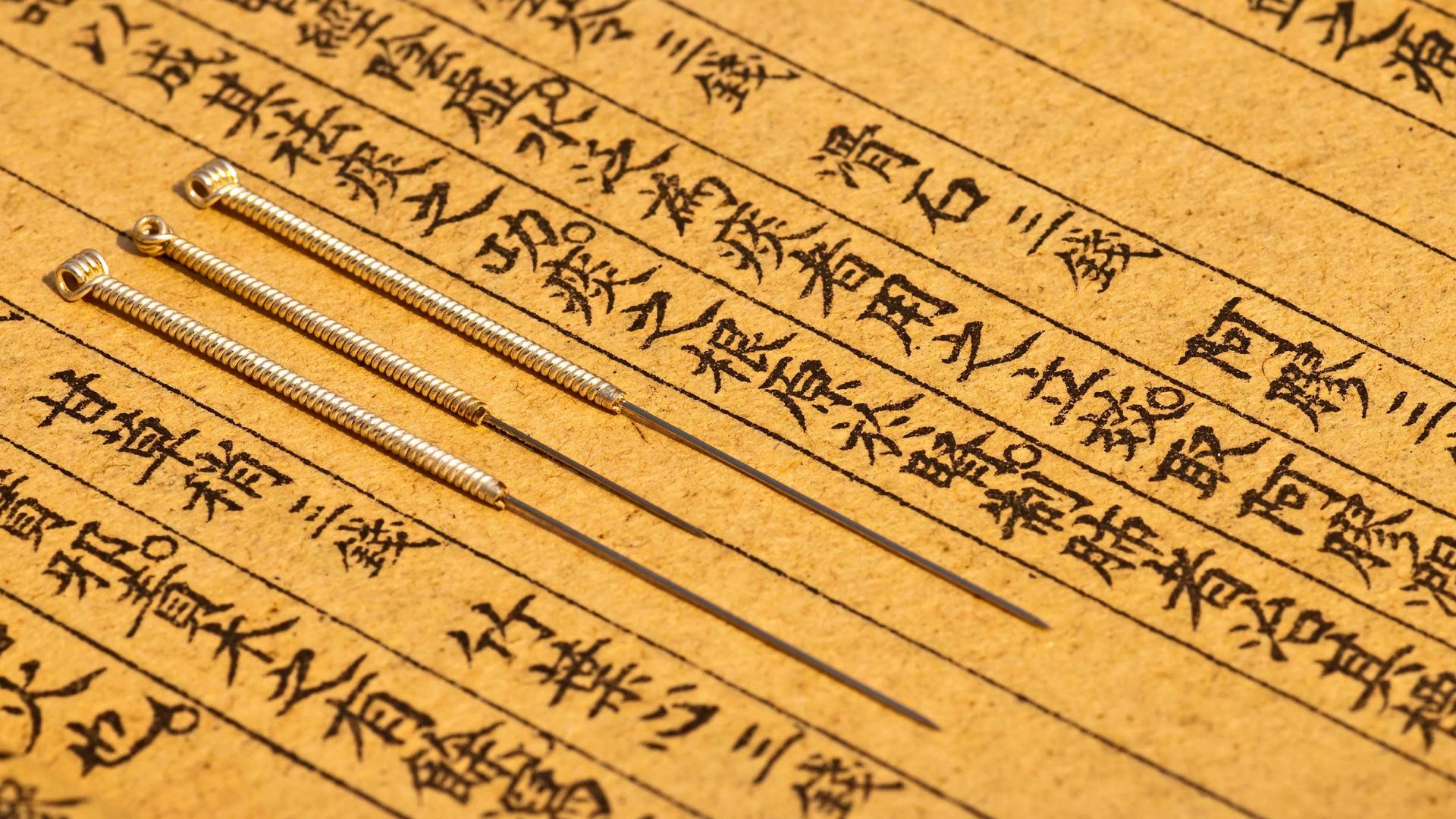The practice of acupuncture originated in China more than 2,000 years ago. As one of the oldest healing methods in the world, acupuncture aims to restore and maintain health by stimulating specific points on the body.
Acupuncture treatments began growing in the U.S. in 1971 when New York Times reporter James Reston wrote about how doctors in China used needles to ease his pain after surgery.
Practitioners in the United States incorporate the traditions from China as well as Japan, Korea, and other countries when using acupuncture in today’s modern times. Acupuncture, which is considered a contemporary and alternative medicine, has become more accepted in the U.S. over the decades, particularly as research has confirmed its advantages.
Read more about the history of acupuncture:
What is Acupuncture?
Acupuncture is a procedure in which the skin is penetrated by thin, metallic needles to stimulate points on the body. Acupuncture practitioners manipulate the needles by hand or electrical stimulation. An acupuncture chart can be used to help identify the placement of the needles.
The premise behind acupuncture is that there are patterns of energy that flow through the body, contributing to a person’s health.
Acupuncture is not a painful, expensive practice that only works if you “believe” in it. It doesn’t completely replace medical treatment, but it can augment it.
Find out more about acupuncture:
How It Works?
Acupuncture is based on the theory that an invisible energy force called qi (pronounced chee) travels around the body in 14 acupuncture meridians, according to the Wall Street Journal. Causing imbalances of qi is Illness and pain.
Acupuncture points on the body are connected to internal pathways that conduct energy or qi. Practitioners believe the idea of inserting thin needles into the skin at precise points can promote the healthy flow of qi, taking away the meridian blockages and treating a variety of symptoms and illnesses.
Research has found acupuncture stimulates the release of endorphins, sending nerve signals to the brain that impact the perception of pain, rebooting the autonomic nervous system, and stimulating blood flow and tissue repair at the needle sites.
Who Performs Acupuncture?
According to the National Institutes of Health, thousands of physicians, dentists, acupuncturists, and other practitioners do so. Most states require a license to practice acupuncture, but the education and training standards vary by state. Individuals also are recommended by the NIH not to rely on a diagnosis by an acupuncture practitioner without substantial conventional medical training; you’ll want to ask your doctor as well.
Find an acupuncture practitioner:
http://www.acupuncture.com/statelaws/statelaw.htm – State-by-state certification requirements
http://www.medicalacupuncture.org/acu_info/licensure.html – State-by-state list of those requiring licenses
Acupuncture Training
About 50 Traditional Chinese Medicine universities in the U.S. are accredited. The schools offer degrees specifically in acupuncture, and you also will want to check out the requirements in the state where you plan to practice because they may receive other training as well.
The American Board of Medical Acupuncture also has set requirements for board certification.
Get in-depth information on acupuncture training:
http://www.medicalacupuncture.org
What to Expect from Acupuncture?
The styles of acupuncture treatment vary, but practitioners generally place three to 15 needles on the body. As they are inserted, you should feel no or minimal pain; reports of those who have experienced pain typically are using inexperienced practitioners with low levels of training. An estimated 10 percent of patients experience some bleeding at the needle sites, according to the Wall Street Journal.
Before the procedure starts, however, you will be asked about your health, lifestyle, and behavior so the practitioner can have a complete picture of your needs and factors that may contribute to your condition. It would be best if you also informed the acupuncturist about medications and treatments you are taking, as well as other medical conditions.
Some practitioners adhere to auricular acupuncture, in which the ear is stimulated to treat other health problems.
The use of laser acupuncture is something some practitioners incorporate with other methods. It has proven effective in treating carpal tunnel syndrome, chronic headaches in children, tennis elbow, and arthritis of the knee.
You may need treatment for several weeks. The immediate response after acupuncture treatment varies – some people are energized, while others are relaxed.
Who Can Benefit from Acupuncture?
The same goes for seeking acupuncture treatment to relieve pain from osteoarthritis of the knee. A recent study in the journal Pain found a positive result between adults with knee osteoarthritis and electro-acupuncture – the needles are fit with clips attached to a small device delivering an electrical impulse to stimulate the acupuncture point.
Women using acupuncture for fertility have also have been successful while undergoing in vitro fertilization as clinical trials have shown it can improve pregnancy rates. Research has also made a positive connection between acupuncture and post-traumatic stress disorder.
Conditions recommended for acupuncture, which may be covered by your insurance, by the World Health Organization include:
- Respiratory diseases, even as minor as the common cold
- Bronchopulmonary diseases such as acute bronchitis
- Eye disorders, such as acute conjunctivitis and myopia
- Mouth pain such as a toothache
- Orthopedic problems such as sciatica and tennis elbow
- Gastrointestinal disorders, even hiccups, and constipation
- Neurologic disorders such as migraines and facial paralysis
